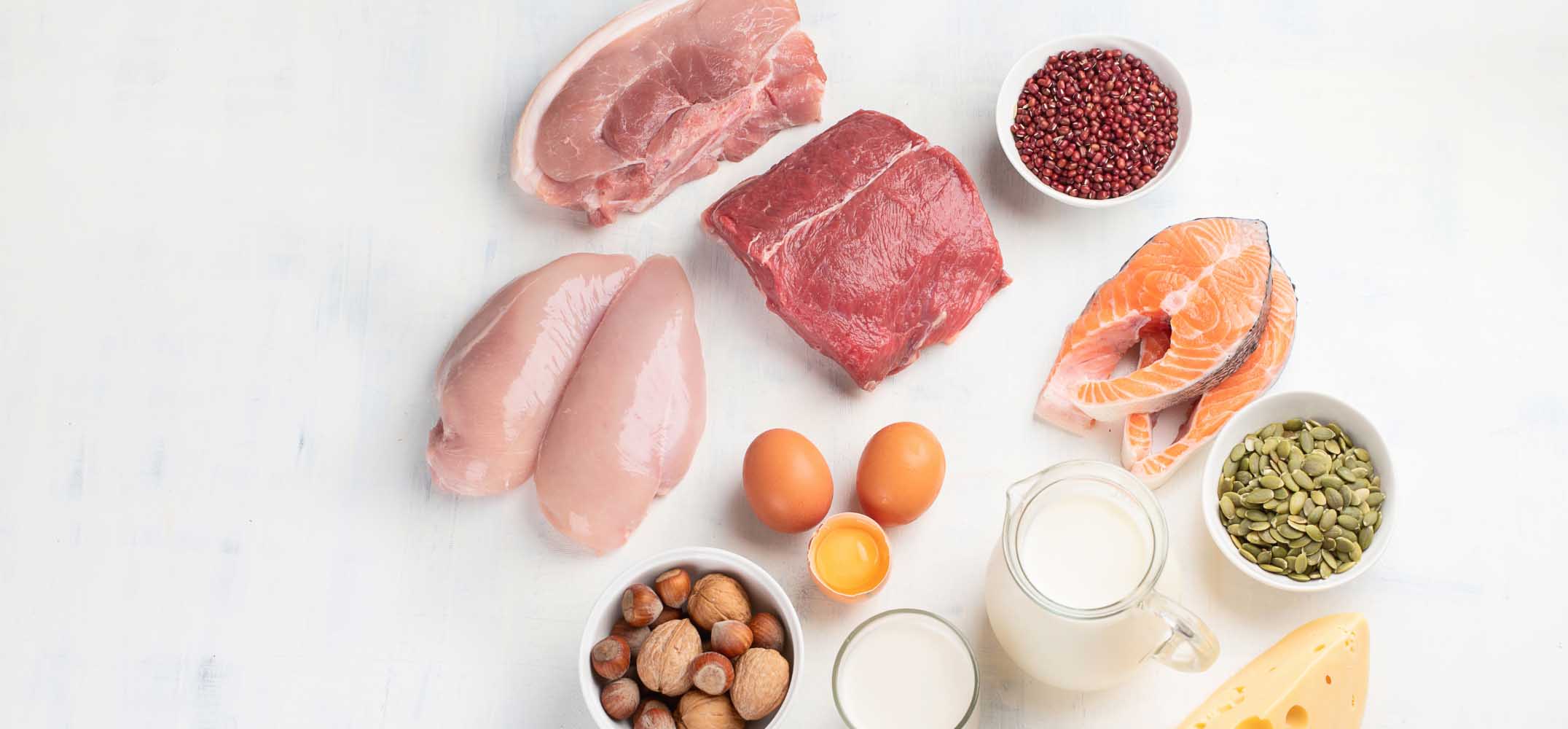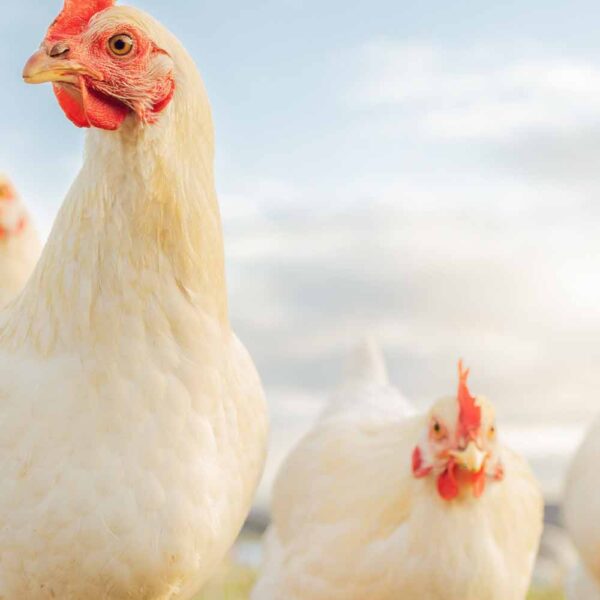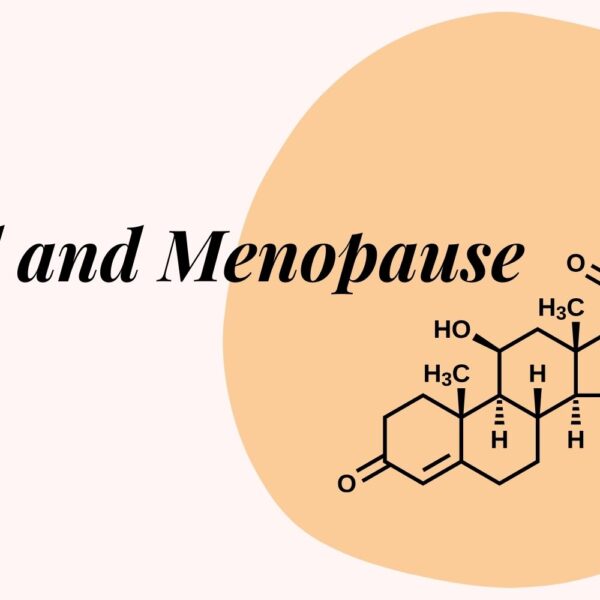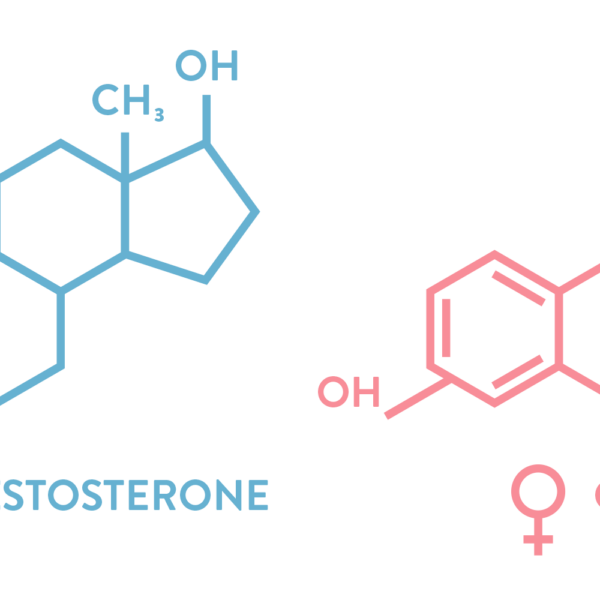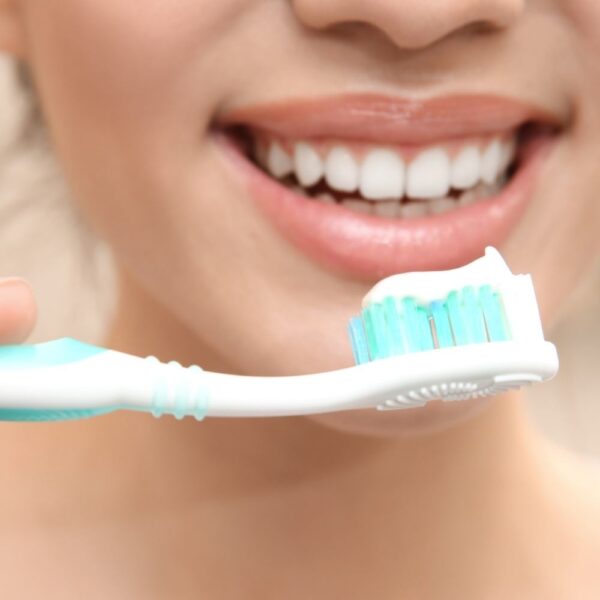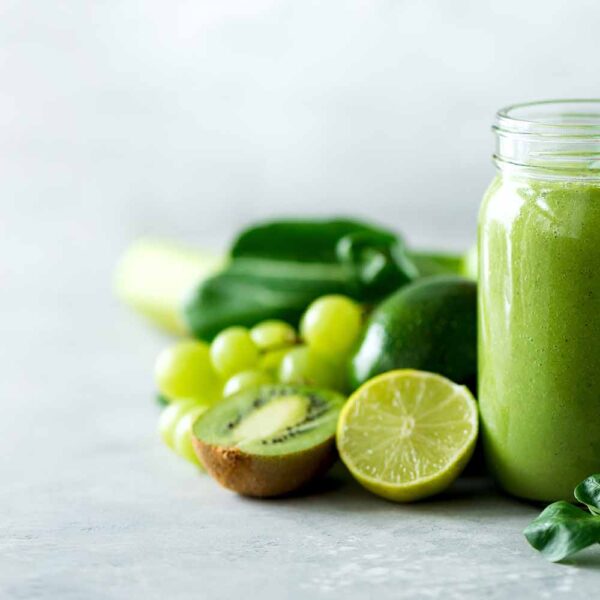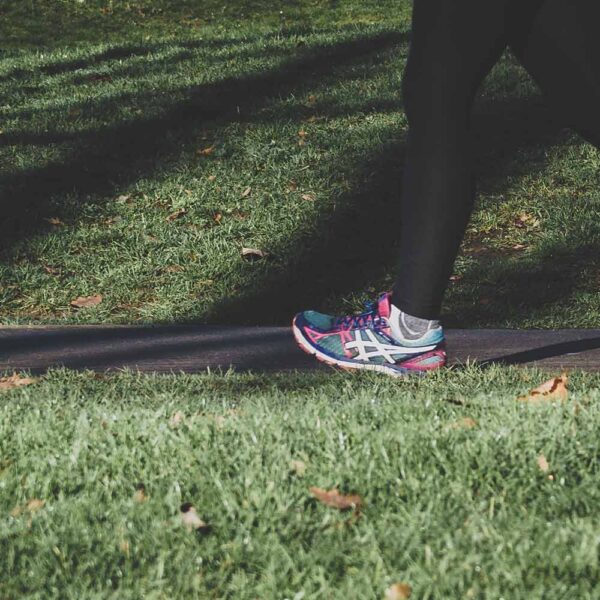Proteins, those essential building blocks of life, are long chains of amino acids cleverly connected by what we call α-peptide bonds. When we eat foods containing proteins, like meats, dairy, eggs, legumes, nuts, and seeds, our gastrointestinal tract springs into action. It diligently digests these proteins, breaking them down into smaller peptides and free amino acids. These tiny molecular treasures are then absorbed into our bloodstream, where they embark on a remarkable journey.
They are put to work in our cells, constructing brand new proteins and performing various vital functions. But proteins aren’t just about making other proteins; some amino acids are also involved in crafting non protein substances that our bodies need.
Now, here’s a fun fact: out of the 20 amino acids found in proteins, NINE are considered essential for adult humans. These nine are leucine, valine, isoleucine, histidine, lysine, methionine, threonine, tryptophan, and phenylalanine. The term “essential” means our bodies can’t create them, so we rely on our diet to provide them.
Speaking of diet, let’s talk about how much protein we should aim for. For adults, the recommended daily intake is around 0.8 grams of protein per kilogram of body weight. If you’re pregnant or nursing your newborn, it’s advised to add an extra 10 – 15 grams of protein to your daily intake. Growing children also need more protein. On average, adult women consume about 64 grams of protein daily, while men consume around 104 grams.
Protein is found in various foods, like eggs, meats, dairy, seafood, legumes, nuts, and seeds. Regardless of the source, once it enters our body, it gets broken down and reshaped into new proteins.
Most animal proteins are considered complete proteins because they contain all nine essential amino acids. On the other hand, most plant proteins are incomplete, lacking at least one essential amino acid. But combining different plant-based protein sources can fill in those gaps.
Unlike fat and carbohydrates, our bodies don’t have a dedicated storage system for protein. Instead, they can break down muscle tissue to obtain protein building blocks if needed. That’s why it’s crucial to consume protein regularly to avoid such a situation.
Protein-rich foods have another neat trick up their sleeve – they make us feel full for longer. They do this by increasing thermogenesis and through certain amino acids, like leucine, influencing our brain.
The world of proteins is both fascinating and essential to our well-being. By making informed choices about our protein sources and ensuring we meet our daily requirements, we can take significant steps towards a healthier and more balanced life.
References:

